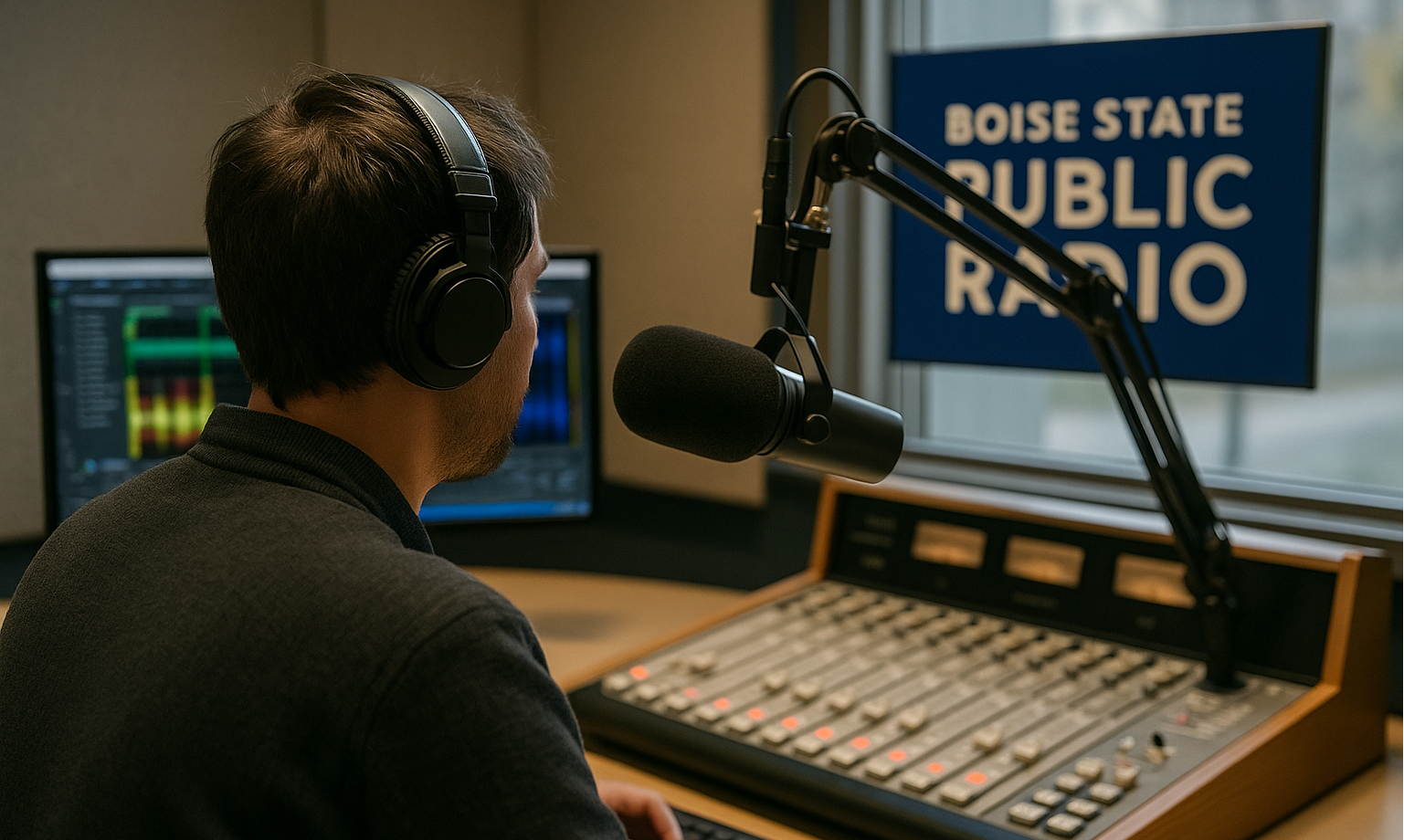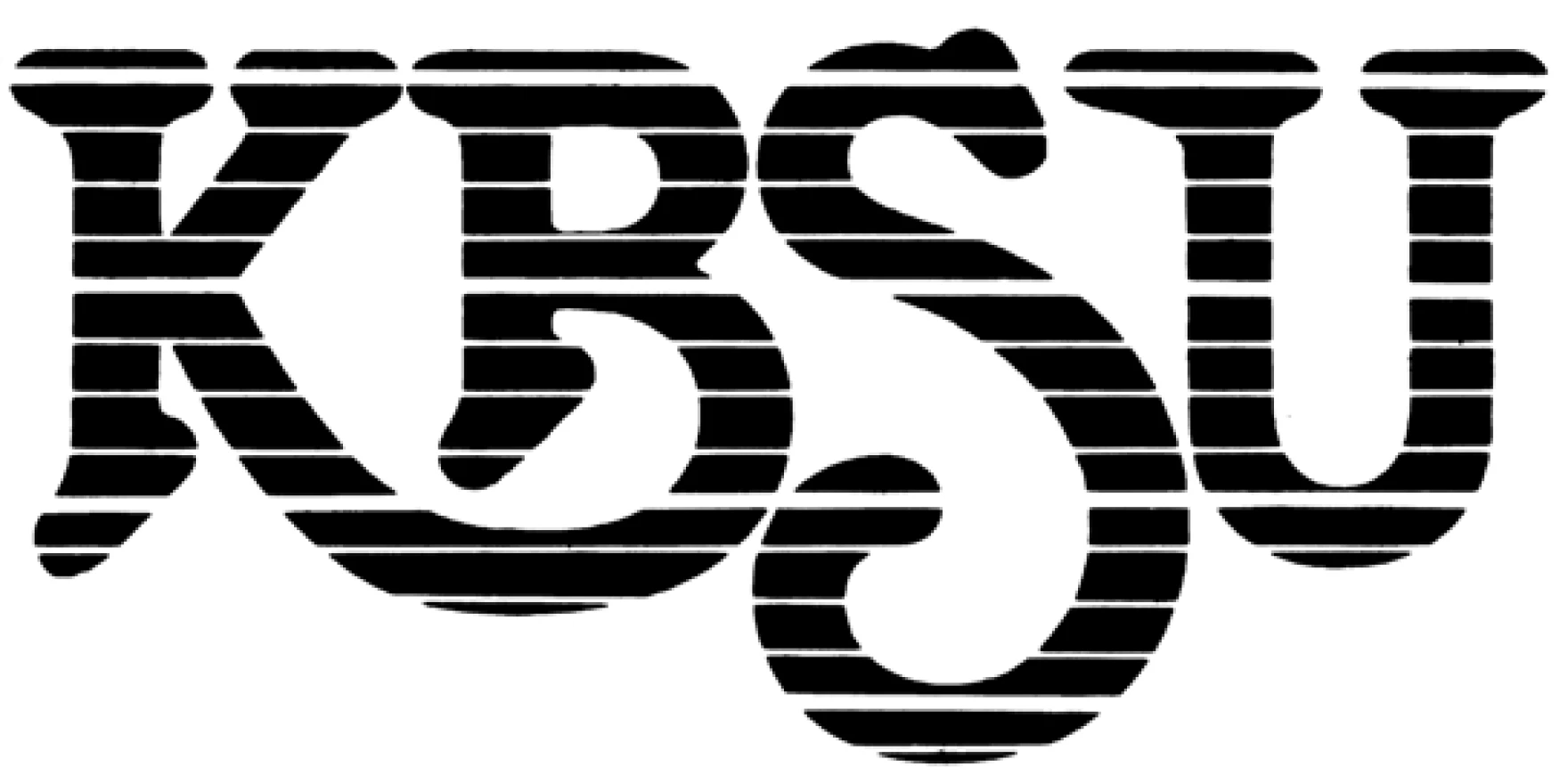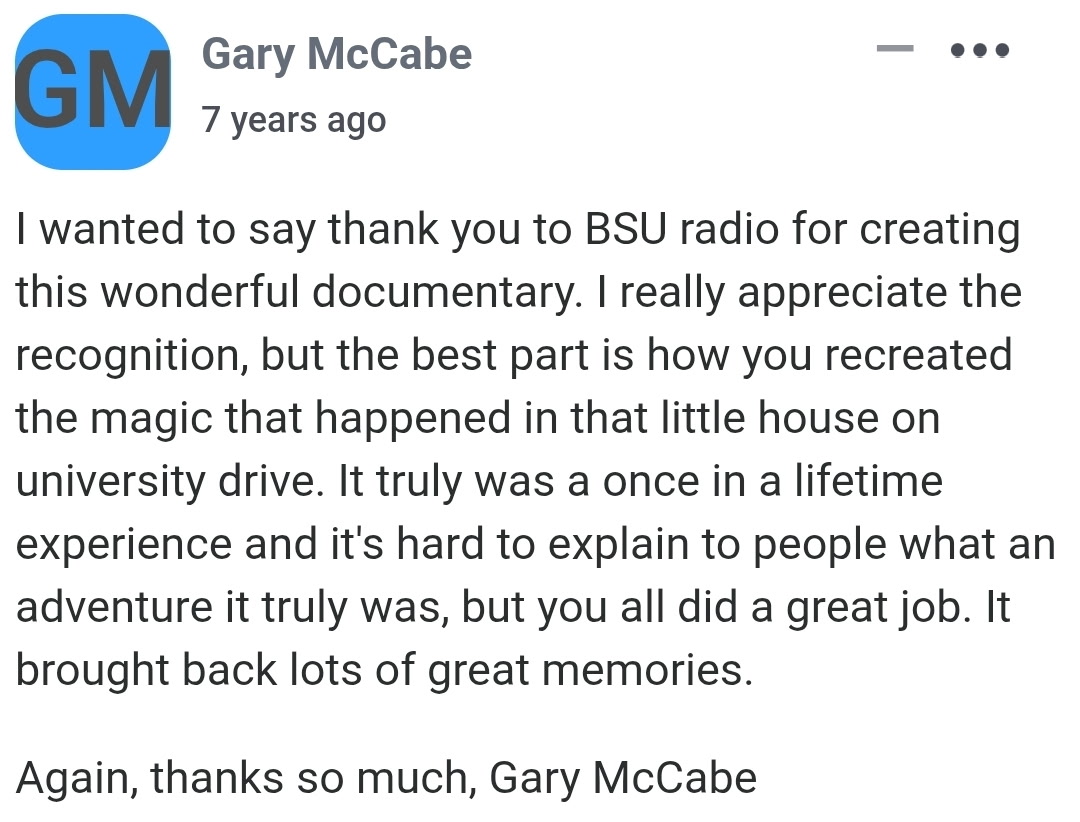Rebranding a company without losing existing customers involves a strategic approach that emphasizes continuity and clear communication. Begin by articulating the reasons for the rebrand, ensuring they align with customer values. Engage customers through surveys or focus groups to gather feedback. Maintain core brand elements that resonate with your audience, and gradually introduce new aspects to avoid alienation.
Effective rebranding requires a structured process: conduct a brand audit to assess current perceptions, define clear objectives for the rebrand, research your target audience, develop a new brand identity, and implement the changes across all channels. Consistent messaging and internal alignment are crucial throughout this process.
Managing organizational change effectively involves clear communication, stakeholder engagement, and a well-defined change management plan. Identify the change's impact on various departments, provide training and support, and establish feedback mechanisms to monitor progress and address concerns promptly.
Communicating a rebrand to employees should be transparent and inclusive. Share the vision and reasons behind the rebrand, involve employees in the process to foster ownership, and provide training on new brand elements. Regular updates and open forums for questions can ease the transition.
Ensuring brand consistency during a rebrand involves developing comprehensive brand guidelines that cover visual elements, tone of voice, and messaging. Train all employees on these guidelines and monitor all communications and materials to ensure adherence to the new brand standards.
Common pitfalls in rebranding include neglecting customer input, inconsistent messaging, inadequate internal communication, and failing to align the rebrand with the company's core values. Avoid these by conducting thorough research, involving stakeholders, and maintaining transparency throughout the process.
Measure the success of a rebrand by tracking key performance indicators such as brand awareness, customer engagement, sales figures, and market share. Conduct surveys to assess changes in customer perception and monitor social media sentiment for qualitative insights.
Company culture plays a pivotal role in a successful rebrand. A culture that embraces change, encourages innovation, and aligns with the new brand values facilitates smoother transitions and greater internal support for the rebrand.
Aligning a rebrand with your company's mission and vision ensures authenticity and coherence. Reevaluate your mission and vision statements to ensure they reflect the new brand direction, and integrate these elements into all aspects of the rebrand strategy.
To retain brand loyalty during a rebrand, communicate changes clearly to customers, highlight the benefits of the rebrand, and maintain elements of the brand that customers value. Offering promotions or loyalty programs can also reinforce customer commitment.
Handling negative feedback involves active listening, acknowledging concerns, and providing clear explanations for the rebrand decisions. Engage with critics constructively and use their feedback to make necessary adjustments, demonstrating responsiveness and commitment to customer satisfaction.
Stakeholder involvement is crucial as it ensures diverse perspectives are considered, fosters buy-in, and enhances the relevance of the rebrand. Engage stakeholders through consultations, workshops, and regular updates to keep them informed and involved.
Rebranding on a limited budget requires prioritization and creativity. Focus on high-impact areas such as digital presence and customer communication. Utilize in-house resources, seek cost-effective design solutions, and phase the rebrand implementation to manage expenses.
Legal considerations include trademark searches to ensure the new brand elements don't infringe on existing trademarks, updating legal documents, and notifying regulatory bodies of the changes. Consulting with legal professionals can help navigate these complexities.
To avoid confusing customers, communicate the rebrand clearly and consistently across all channels. Provide explanations for the changes, highlight what remains the same, and ensure that the transition is gradual and well-supported with customer education materials.
Market research informs the rebrand by providing insights into customer perceptions, market trends, and competitive positioning. This data guides decision-making, ensuring the rebrand resonates with the target audience and differentiates the company effectively.
Involve customers by soliciting feedback through surveys, focus groups, or social media engagement. Sharing prototypes or concepts and inviting opinions can foster a sense of inclusion and increase acceptance of the new brand.
Signs include declining market relevance, outdated brand image, shifts in target audience, or changes in company direction. If the current brand no longer reflects the company's values or offerings, a rebrand may be necessary.
Train employees through workshops, brand guideline documents, and interactive sessions that explain the new brand elements, messaging, and expected behaviors. Ongoing support and resources help reinforce the training.
Digital presence is critical, as it's often the first point of contact for customers. Updating websites, social media profiles, and digital marketing materials ensures consistency and reinforces the new brand identity effectively.
Storytelling connects the rebrand to the company's history and values, making the transition more relatable. Sharing narratives about the brand's evolution can engage customers emotionally and foster loyalty.
Track metrics such as brand awareness, customer engagement, sales performance, website traffic, and social media sentiment to assess the rebrand's impact and identify areas for improvement.
Maintain morale by involving employees in the process, communicating openly about changes, recognizing contributions, and providing support to adapt to new brand elements.
A typical rebrand can take several months to over a year, depending on the scope. This includes planning, development, testing, and implementation phases, each requiring careful coordination.
Rebranding a company with multiple sub-brands involves creating a cohesive brand architecture that defines the relationship between the parent brand and sub-brands. Consistency in messaging and visual identity across all brands is essential.
Challenges include resistance to change, preserving brand equity, and aligning the new brand with longstanding values. Address these by honoring the company's history and involving stakeholders in the rebranding process.
Test new brand concepts through focus groups, A/B testing, or pilot programs. Gathering feedback allows for refinements and increases the likelihood of a successful full-scale launch.
Leadership sets the vision, drives the strategy, and models the behaviors associated with the new brand. Their commitment and communication are vital for internal alignment and successful implementation.
Audit all existing materials, prioritize updates based on visibility and impact, and systematically replace old branding with new elements. Ensure consistency across all platforms and touchpoints.
A brand style guide ensures consistency in visual and messaging elements across all communications. It serves as a reference for internal and external stakeholders, maintaining brand integrity.
Consider cultural nuances, language differences, and local market preferences. Adapt branding elements as necessary while maintaining core brand values to ensure global consistency with local relevance.



